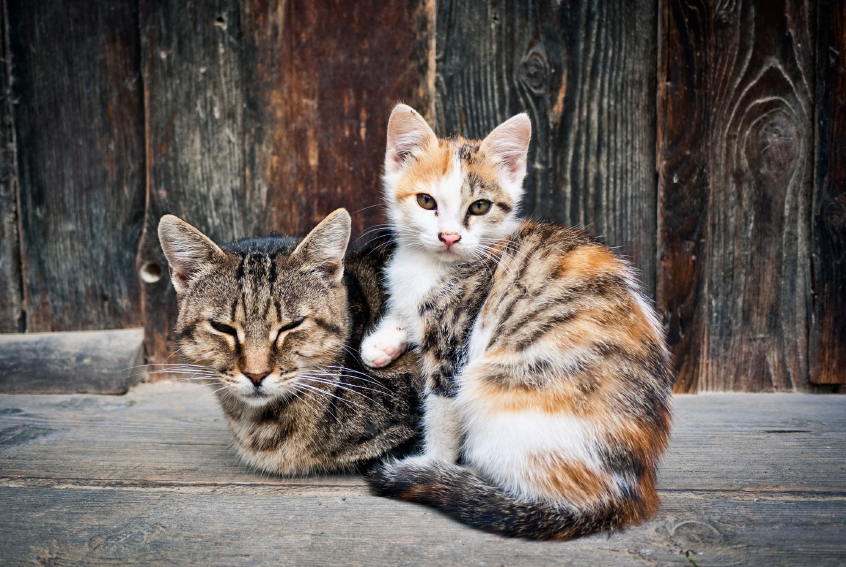July 30, 2020
Nasty, Brutish and Short

In Leviathan, Thomas Hobbes described the life of humans without government as “Nasty, brutish, and short.” It is also an apt description of the lives of feral cats.
A feral cat is distinct from a stray cat, even if the cat has been stray for a long period of time, and from a “loosely-owned” or “porch” cat, a cat that is fed by one or more people in a neighbourhood who do not accept full responsibility for the cat’s care. Stray and loosely-owned cats are or were once socialized to humans. They may be wary and skittish around humans if they have not a had recent or extensive human contact, but they are not fearful to the extent that feral cats are.
Feral cats occupy a grey zone in the world of animal welfare. They are not wildlife per se. They are interlopers in our natural world and can cause considerable destruction in wild bird and mammal populations. They were introduced through human irresponsibility, and therefore are a human responsibility.
But they are not fully domestic pets either. They cannot just be rounded up and socialized. Kittens up to four months can be socialized, but adults will frequently injure themselves trying to escape when confined. Their panic in prolonged confinement is simply not humane.
Most progressive humane societies like the OHS practice “TNR” or “Trap, Neuter, Return” to address the needs of feral cats. Feral cats are removed from a colony, sterilized, vaccinated, and then returned to the colony. If newly introduced cats—new stray cats and the feral’s kittens—are consistently removed, the colony will disappear over time. Studies indicate that simply removing all the members of a colony does not work. Nature, as they say, abhors a vacuum and other cats simply come to occupy the vacant colony, generally because of its proximity to shelter, food and water. The effectiveness of TNR was proven with the gradual elimination of the Parliament Hill Colony by some amazingly committed volunteers and the OHS a few years ago.
Like so many issues in animal welfare, controversies rage, and numbers of animals often exceed our resources to help. There are likely dozens of colonies in the Ottawa area, possibly many more. In fact, one of these controversies is how many feral cats there actually are in a given community. The OHS helps a handful of colony “caretakers” with surgical and other medical services, and we are very proud of our role in humanely eliminating the Parliament Hill colony, but our efforts are likely the proverbial drop in the bucket. Our best hope is education and promoting the kind of responsibility that would stop feral cats from coming into existence in the first place, through spaying and neutering cats and not letting them roam. And this takes time.
Bruce Roney
President & CEO
Originally published in September, 2014
